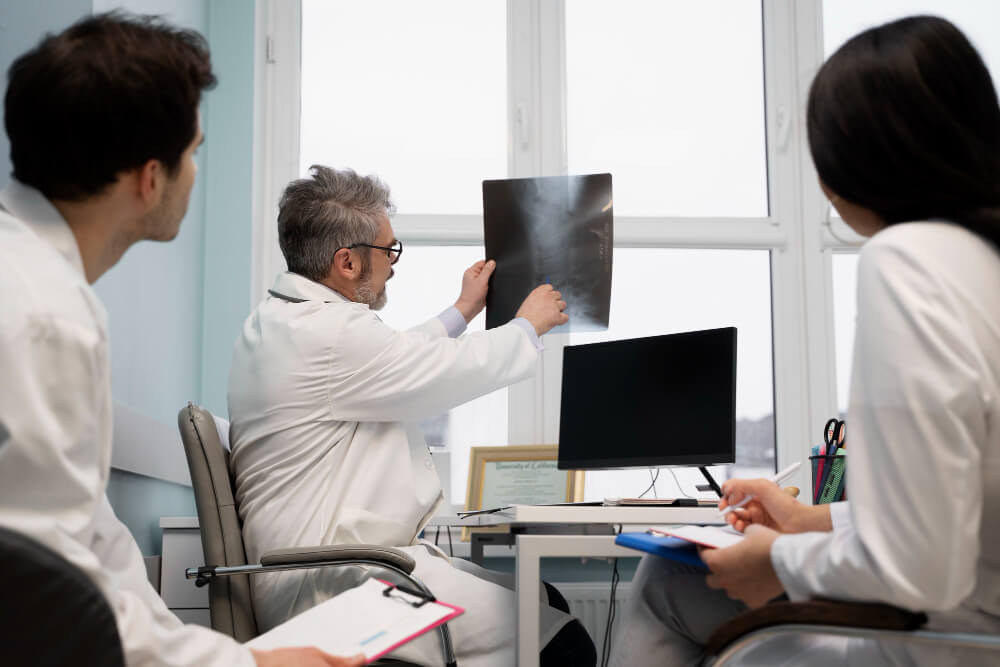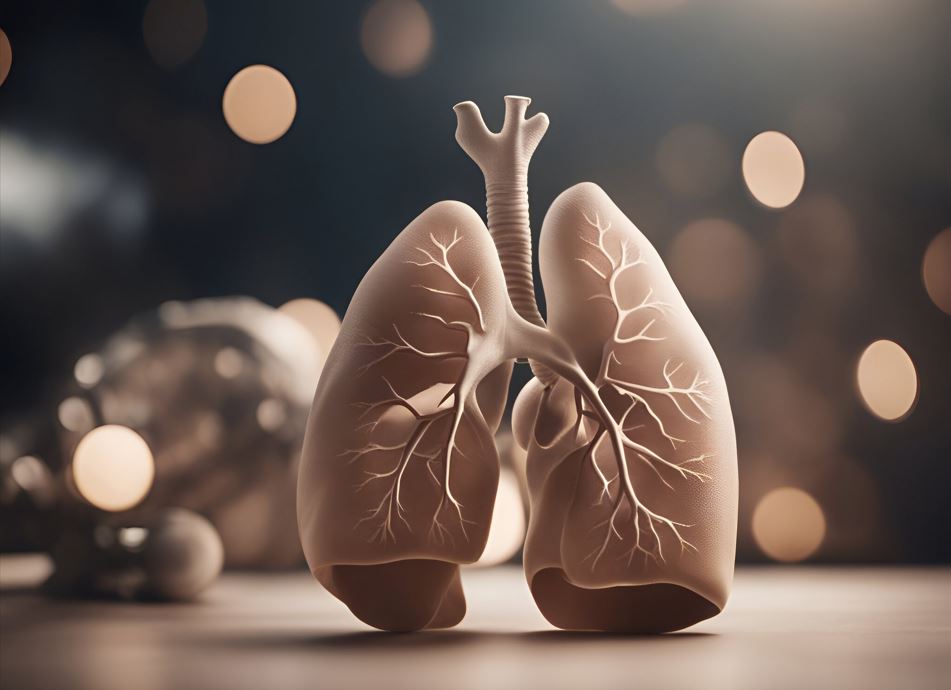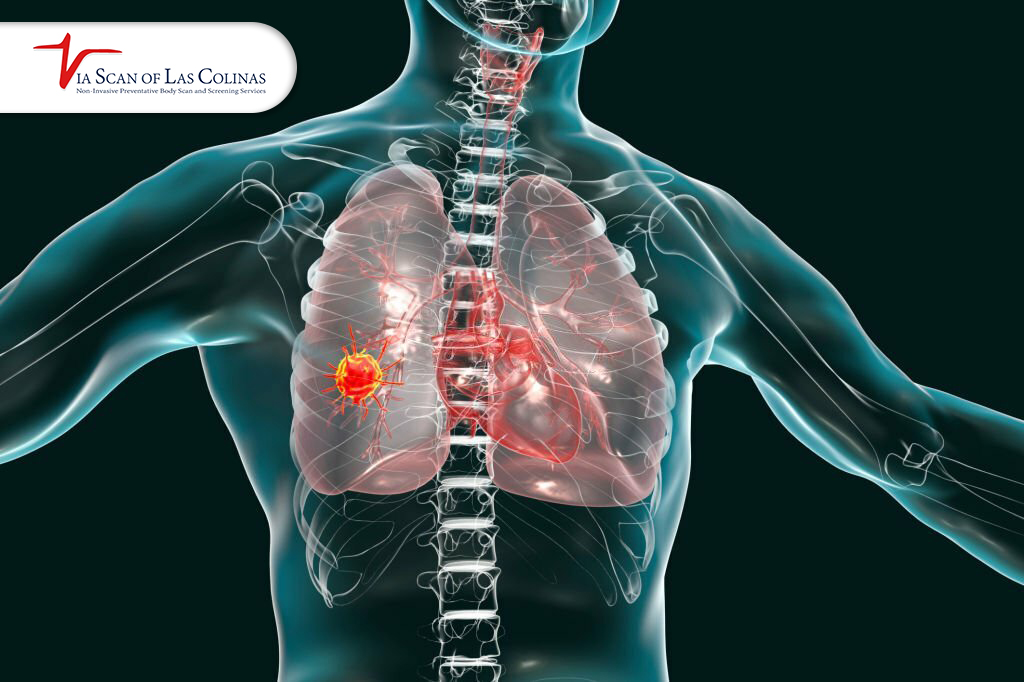A CT (computed tomography) scan of the chest produces fine-grained pictures of the heart, blood arteries, ribs, airways, and lymph nodes using specialized X-ray equipment. Your doctor can identify the underlying causes of chest symptoms, including cough and chest discomfort, with the use of chest CT scans. CT scans of the chest can be used to identify lung illnesses, including early-stage lung cancer. A lung malignancy A CT scan may detect malignant growths with high accuracy.
However, because CT scans are so thorough, there is little chance that you will receive a false positive. As with mammograms, 12–14% of early lung cancer CT scans result in false positives. After the first scan, the false positive rate for CT scans decreases to 6%. Getting a CT scan for lung cancer is still the most effective strategy to avoid dying from the disease.
What is a lung cancer screening
When a person has a high chance of developing lung cancer but is otherwise healthy. Lung cancer screening is a procedure performed to find out whether lung cancer has already developed. For older persons who have smoked for a long period but do not exhibit any symptoms or indicators of lung cancer, screening for lung cancer is advised.
To check for lung cancer, medical professionals use a low-dose computerized tomography (LDCT) scan of the lungs. Treatment for lung cancer is more likely to be successful if it is found in its early stages. Talk to your doctor about the advantages and disadvantages of using lung scan for lung cancer screening. You can determine whether screening is suitable for you by cooperating.
Will a heart CT scan show lung cancer?
The amount and density of the mineral present in the blood capillaries supplying the heart’s arteries are rapidly and automatically measured by cardiac CT scans. One well-known indicator of the risk of coronary heart disease and stroke is coronary artery calcium. When the calcium score is zero, the risk of various illnesses is modest; when the score is greater than 400, the risk increases by about five times. Unfortunately, the precise prevalence of lung cancer at cardiac CT for lung cancer has not yet been thoroughly assessed.
This could be due to the small number of lung cancer cases that have been proven, as well as the fact that peripheral lung cancers. That are missed fall outside the cardiac field of view, making it impossible for studies that solely examined cardiac scans to measure what they were unable to see.
Can cancer be detected in a CT scan?
This might be the case because both scans are of the chest. Your doctor has to be aware of the precise organ or organs being examined, though. Your doctor might not even consider looking for lung cancer warning signals and might not order as thorough of a scan if they believed they were examining the arteries in your heart. Make sure you inform the Preventative Diagnostic Centre staff whether you would like to have a simultaneous scan of your heart and lungs. One way to cut expenses and radiation exposure is to combine a lung CT scan with a cardiac CT scan.
This is especially helpful for COPD patients who are more likely to have cardiac problems. But the reasoning applies to everyone who is worried about their heart and lungs. To put yourself at ease, a low-dose CT scan for lung cancer is a simple, non-invasive solution. If something is discovered, the test can be the one that saves your life.
Can a CT scan diagnose lung cancer?
A CT scan creates fine-grained cross-sectional pictures of your body using X-rays. Unlike a traditional X-ray, which only takes one or two images, a CT scanner collects numerous images. Which are then combined by a computer to display a portion of the body being examined. Lung tumors are more likely to be discovered by a CT scan than by standard chest X-rays.
It can also assist in identifying enlarged lymph nodes that may contain cancer that has spread, as well as the size, shape, and location of any lung tumors. This test can also be performed to search for tumors in other body sections. That may have spread from lung cancer.
Choose Our Preventive Lung Scan
Early Detection Saves Lives!
-
- Accurate
- Quick Result
- Affordable

Conclusion
Even while there are tests and gadgets that allow you to perform an at-home lung cancer test. They cannot diagnose or rule out lung cancer on their own. Discuss the findings with a physician or health care facility like Via Scan of Las Colinas, who can use them in conjunction with further diagnostic procedures like lung scans and a biopsy to aid in the diagnosis. The findings of these tests may only be interpreted and recommended courses of action by a physician.



